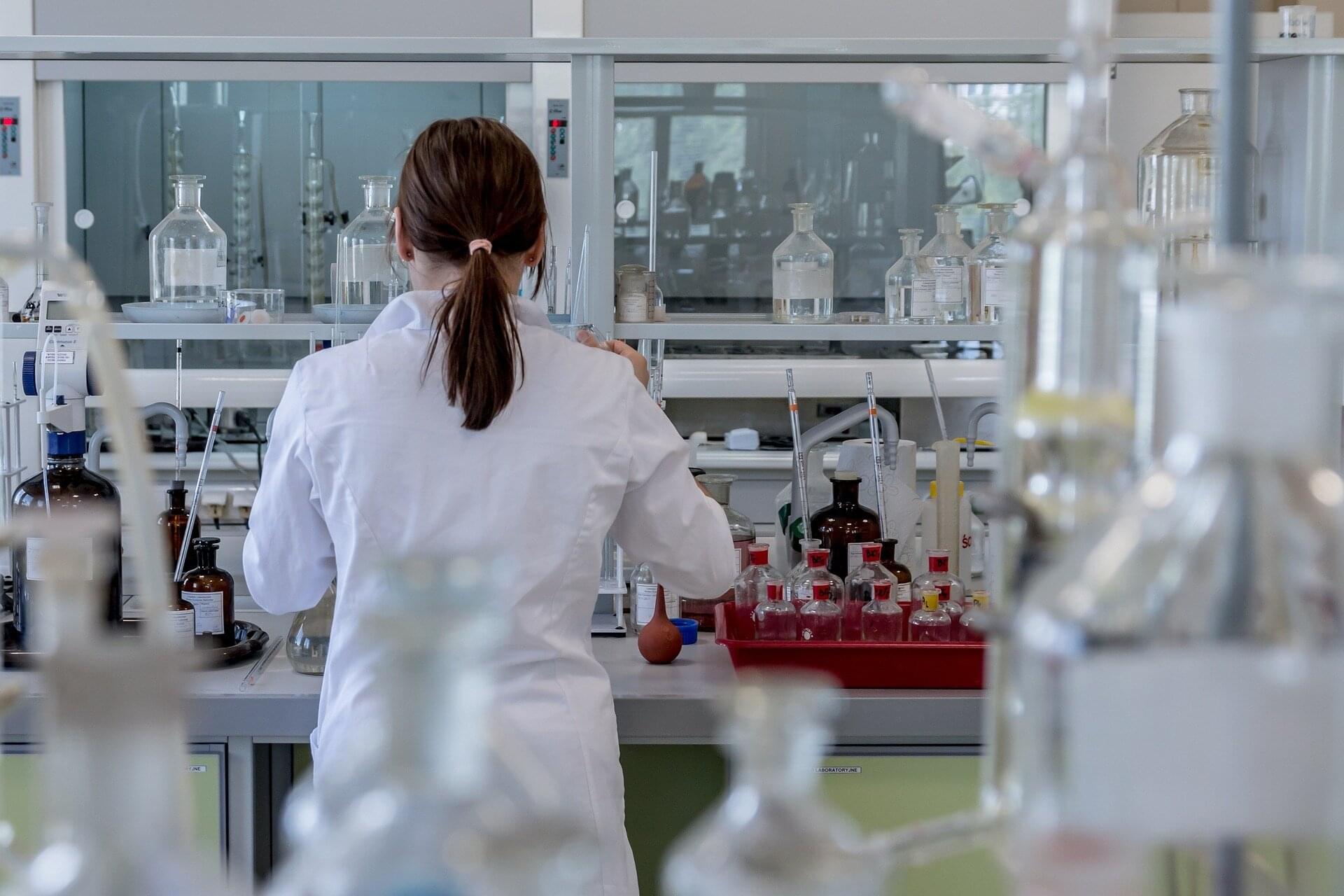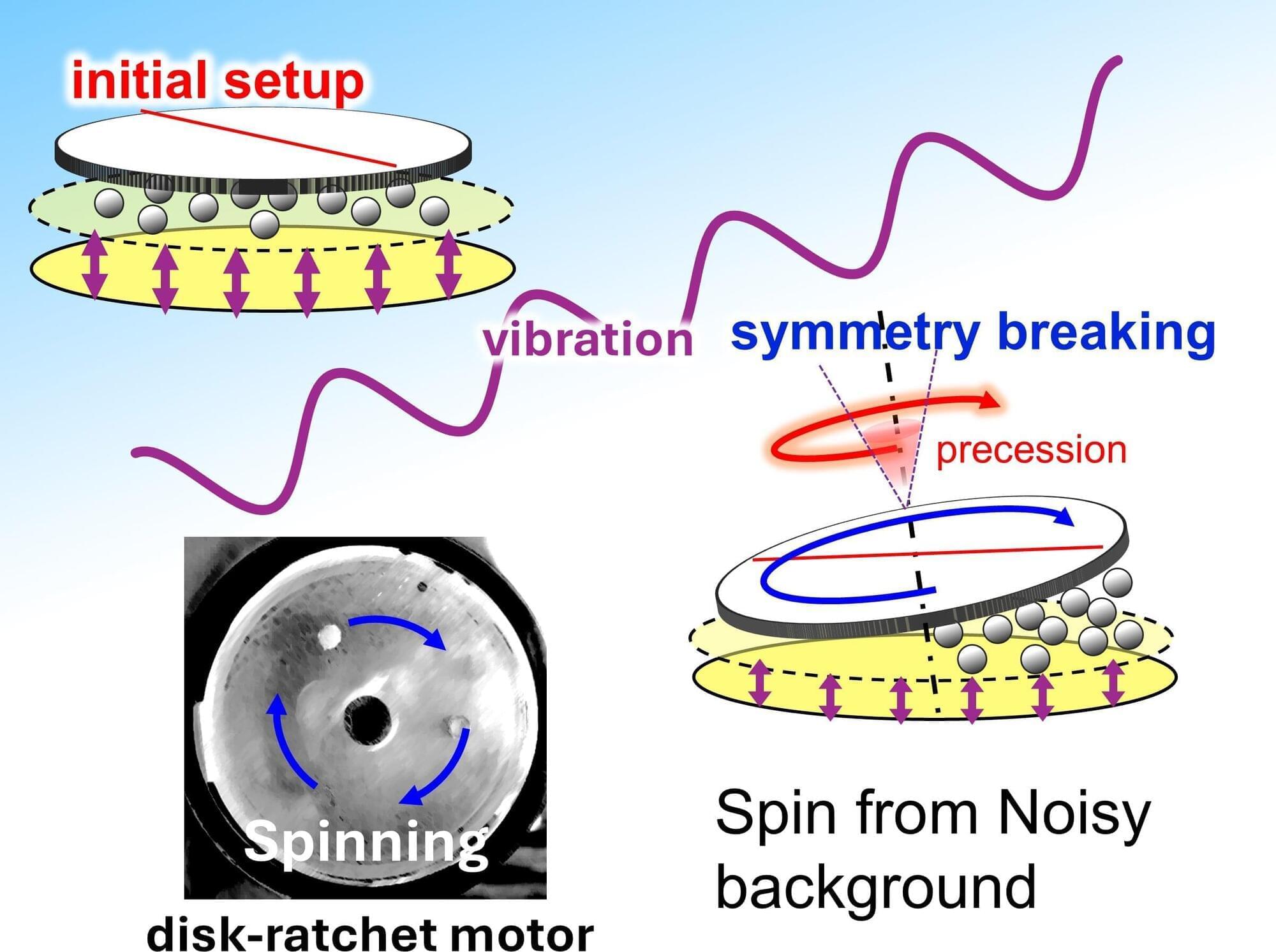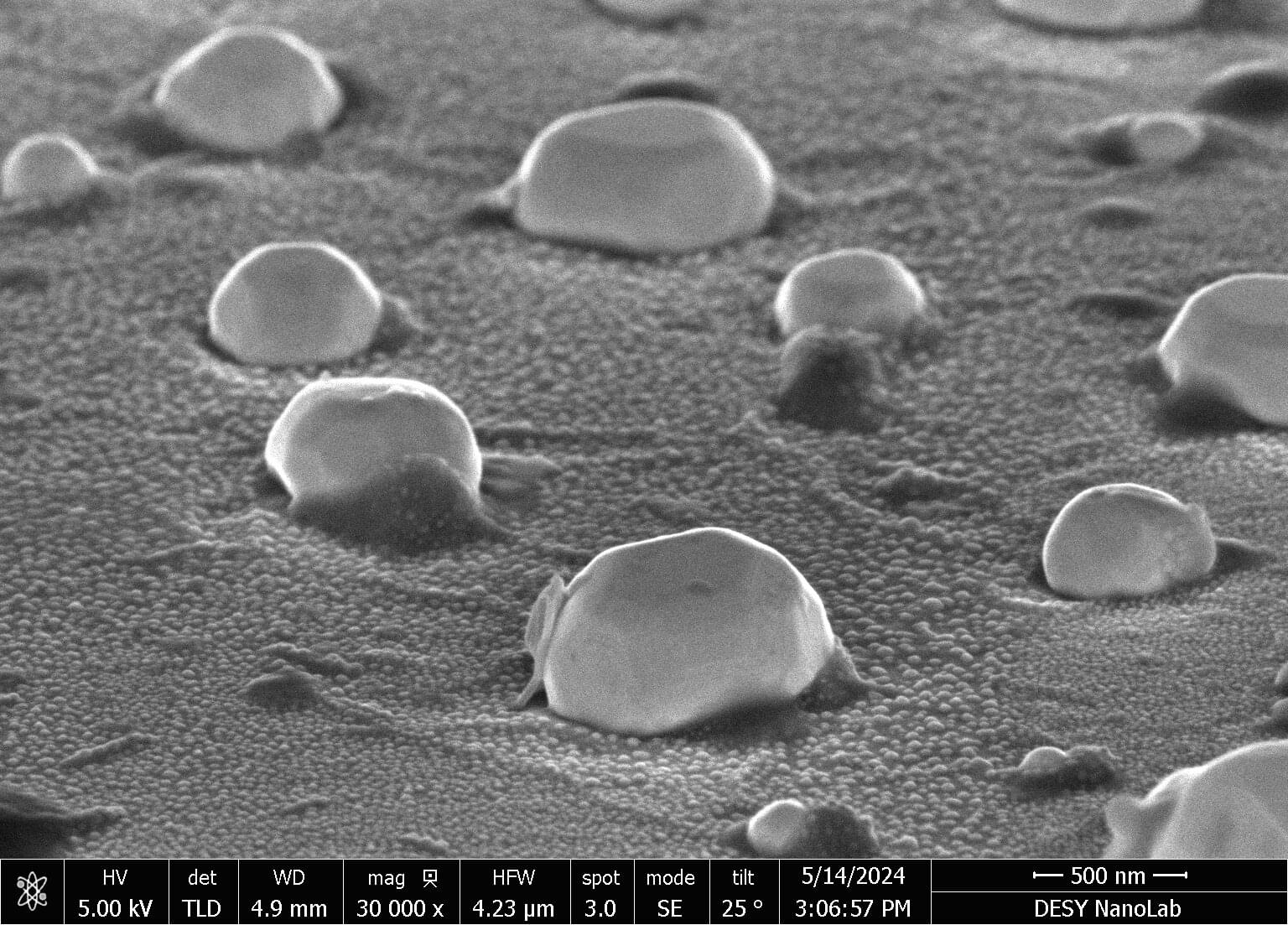Researchers at Kaunas University of Technology (KTU), Lithuania, have developed new organic compounds that act as highly sensitive oxygen sensors. These sensors can accurately detect even the slightest amounts of oxygen in the environment—information that is crucial in situations where oxygen concentration can determine the success of a process or even a person’s life.
The sensors can be applied in medicine; for example, in diagnosing tumor hypoxia, a condition in which there is almost no oxygen around a tumor; in the food industry, to check whether packaging has lost its seal; and in biotechnology, to precisely monitor cell cultivation processes.
Moreover, their performance can be observed with the naked eye, while their record-high sensitivity ensures rapid and reliable detection. The study is published in the journal Sensors and Actuators B: Chemical.







